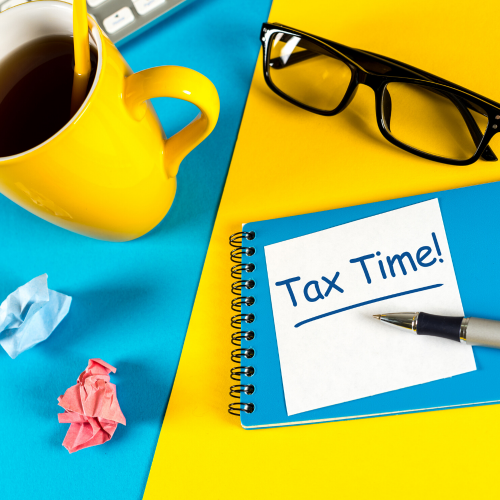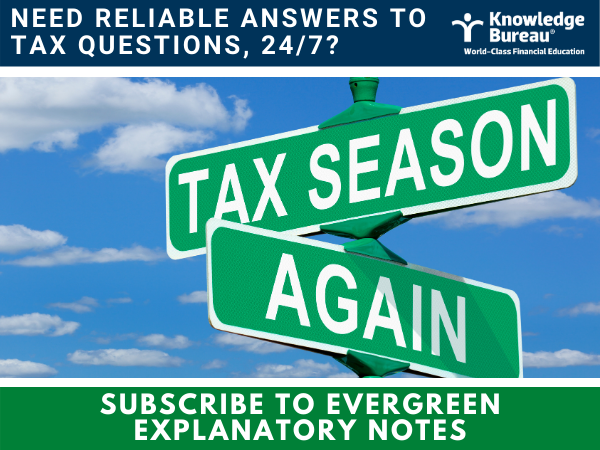Last updated: February 24 2021
IT’S OFFICIAL! Tax Season Has Begun

Evelyn Jacks
Tax season is officially underway and those expecting a refund are understandably anxious to file early and put that money the government has been holding onto – which averages $1,850 – to good use. But information from CRA about filing accurately has been released very late and there is a lot to know... including new information about electronic signatures which was only out yesterday.
It was only last week that the CRA released its new EFILE Guide for tax practitioners and software developers; a late timeline considering the tax filing season began a few days later on February 22.
There is much to review in this 76-page guide to use this powerful automated service properly, and the tax season complexity doesn’t stop there. This year professionals must take the time to guide the many more clients who are expected to have a balance due. Be sure to find some extra time to help your clients navigate a complicated maze of payment options: most of which  are electronic.
are electronic.
More EFILERS are expected in 2021. In the period February 10, 2020 to January 22, 2021, 17.6 million (57% of all of Canada’s 30.9 million tax returns filed) were prepared by those who filed for others using Electronic Filing or (EFILE). Why are we expecting more people to pay than ever before? It’s because of the taxable pandemic support payments, some of which did not have taxes withheld at the source.
Recall that the Canada Emergency Response Benefit (CERB) could have been received by family members as young as 15 if they had at least $5,000 in earnings in 2019. If they collected the full $14,000 of CERB, even these taxpayers will face a balance due, as the Basic Personal Amount (BPA) is only $13,229 on the federal level and some of the provincial BPA’s are even less than that.
Further, there may be clawbacks of the Canada Recovery Benefit (CRB). The new EFILE Guide does make mention that the Canada Recovery Benefits Act was enacted on October 2, 2020, to provide:
- Canada Recovery Benefit (CRB) – See code 202 on the T4A slip. This is the amount subject to clawback if net income exceeds $38,000. The repayment is calculated on the Worksheet for the return and reported on Line 23500 and Line 42200 (found at the bottom of Page 7 of the T1 Benefits return.
- Canada Recovery Sickness Benefit (CRSB) – See code 203 on the T4A slip.
- Canada Recovery Caregiving Benefit (CRCB) – See code 204 on the T4A slip.
CRA will have withheld income tax at source on these three types of payments, which must be reported as income on line 13000. The tax withheld will be reported on line 43700, but there are some interest rate relief provisions available for those who need to pay more.
Your clients will also want to understand line 53450, which the software will build from the amount of CRB reported on the T4A as income. The CRB is subject to claw back under certain conditions. Calculate the repayment using the Worksheet for the return and report the amount, if any, as a deduction on line 23500 (Social benefits repayment) and then as an amount payable on page 4 of the tax return, Line 42200.
Bottom line. It’s important to speak to your clients about maximizing their RRSP contribution room and making that contribution before March 1. It could help them reduce both taxes and clawbacks for a much better after-tax result.
Additional educational resources: Evergreen Explanatory Notes is your essential resource for this complex tax season that’s now underway. Until February 28, sign up for a three-month subscription and pay only $195. Regular subscription fees are $99/month.

